California ScrubJay and Woodhouse's ScrubJay were considered a single species known as Western ScrubJay until 16 Both members of a pair help with nestbuilding Either sex selects a nest site and initiates nest construction A potential nest site is indicated to the mate by making an undulating flight to the site while producing loud flightThe Steller's Jay is a striking bird with deep blue and black plumage and a long, shaggy crest The front of its body is black, and the rear is deep blue The black extends midway down its back and down its breast It has faint, dark barring on its wings Adults have blueView Untitled documentedited(6)docx from PSY RESEARCH P at Indiana University, Purdue University Indianapolis Blue Jay Nesting Habits There is no denying that a blue jay
Monticello Park Birds Blue Jay
How do blue jays build their nests
How do blue jays build their nests- Blue jays tend to be noisier outside of the breeding season This is because they are more secretive and tend to be quieter when nesting Of course if there is a predator coming around they can be heard loud and clear as they try to fend them off Blue jays aren't really blue In fact there is no real blue bird because they have no blueThe Blue Jay has specific nesting habits where they build nests in the "V" of trees Female Blue Jays lay 36 eggs and the male's main purpose is to bring food to the nest



What Are The Stages Of Life For A Baby Blue Jay Animals Mom Com
Blue Jays eat seeds, nuts, insects, and sometimes other bird's eggs Blue Jays are known for eating a wide variety of food which allows them to adapt and live in many different environments Let's learn more about what Blue Jays eat and their habits The High Energy Blue Jay The Blue Jay is a brave bird and a beautiful one tooCalls, Blue Jays make a variety of musical sounds, and they can do a remarkable imitation of the scream of a RedshoulderedIncubation lasts approximately 1214 days for Eastern, 1314 days for Mountain and 1314 days or Western Bluebirds
Nesting Habits of the Bluebird Bluebirds typically nest in one of two places tree cavities of live or dead trees and nest boxes Amazingly, the installation of nest boxes helped oncedeclining Bluebird populations to recover As a result, Bluebirds are no longer atEastern Bluebirds measure 6 1/2 inches in length The male has bright blue upperparts, reddish breast, and white belly The female has a buffy throat and breast, grayishblue head and back with light blue wings and tail Bluebirds can be found in rural gardens, orchards, and suburban gardens near open farmland Blue Birds Nesting HabitsBlue jays nest in the crooks of large tree branches 10 to 30 feet above the ground They build their nests with thin, freshly broken roots and twigs, and sometimes patch them together with moss and mud To attract blue jays to your birdhouse, mimic the jay's natural preferences, and provide food nearby Video of the Day
Bluebirds are possibly America's favorite songbird, and for good reason These birds are great fun to watch in the garden, catching bugs and posing on fenceposts Their skyblue feathers and red breast make Bluebirds one of the easiest to identify songbirds You may be wondering, "How can I attract bluebirds and get them to nest successfully in my yard? Nesting Blue Jays are known to be monogamous birds, pairing for life They normally build their nests 8 to 30 feet high above the ground on thick outer branches of deciduous or coniferous trees The pair works together to build the nest, with the male gathering the materials and the female putting it together From Egg to Empty Nest These photos of Eastern Bluebird nestlings were taken in a nestbox in my backyard in July 05 Below you will see photos of the various stages Adult, Egg, Hatchling, Nestling, Fledgling, and Juvenile The young became so accustomed to monitoring that they did not get agitated



Blue Jay Great Lakes Bird Conservation




How To Keep Blue Jays Away From A Bird S Nest Explained
Blue Jay Nesting Habits Blue jays like to build their nests in deciduous or evergreen trees about 8 to 30 feet above the ground However, some nests can be up as high as 50 feet The chosen tree species include many types of fir but blue jays prefer mixed forests rather than coniferous ones Blue birds are raiding nests in late spring, devouring both eggs and baby birds It's distressing to hear the anguished calls of the parent birds as they try to defend their nests, The most peculiar behavior they exhibit though is the raiding of smaller bird's nests for their eggs and nestlings This behavior is not usually the result of starvation or from of a dearth of food, and no one can say for certain why some blue jays do this It appears to be only a small percentage (1%) who do




Nestwatch To Clean Or Not To Clean Your Nest Box Nestwatch
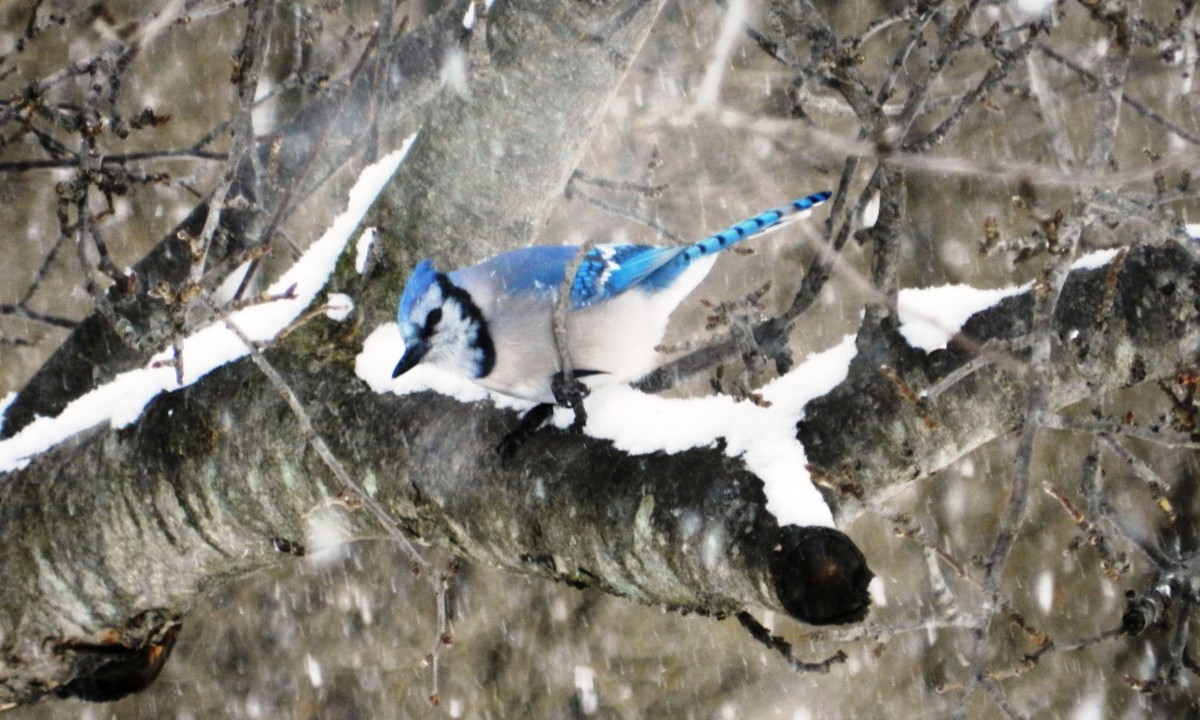



Blue Jay Facts Pictures And Behavior Owlcation
Bancroft, J (1981) Changing Nesting Habits of the Catbirds Blue Jay, 39(2) https//doiorg//bluejay4452Blue Jays lower their crests when they are feeding peacefully with family and flock members or tending to nestlings At feeders in Florida, Redheaded Woodpeckers, Florida ScrubJays, Common Grackles, and gray squirrels strongly dominate Blue Jays,Nesting Habits of the Blue Jay Blue Jays build their nests in tree branches or where there is a "V" in the tree The nest is made from grass, small twigs, leaves, and bark and is sometimes "glued" together with mud The female Blue Jay will lay between 36




Exploring Birds How To Attract Blue Jay




Attract Blue Jays With These 4 Simple Strategies 21 Bird Watching Hq
Western scrubjays have long tails and small bills The head, wings, and tail are blue, the back is brown, the underside is gray to tan, and the throat is white Unlike Steller's jays and blue jays, they do not have a crest Western scrubjays include several subspecies that live along the Pacific coast and in the interior WestNesting Nest Placement Blue Jays build their nests in the crotch or thick outer branches of a deciduous or coniferous tree, usually 1025 feet above the ground Male and female both gather materials and build the nest, but on average male does more gathering and female more buildingBoth parents participate in gathering material and building the nest They are v Mating Blue Jay couple building a nest are gathering material over two days
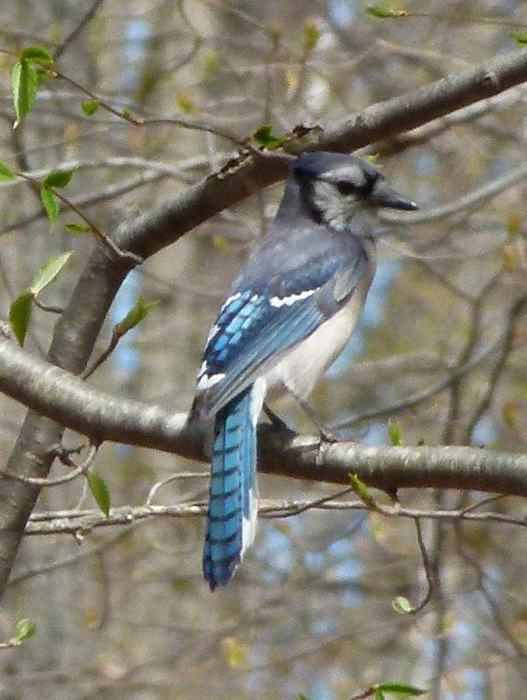



Blue Jay Cyanocitta Cristata Natureworks
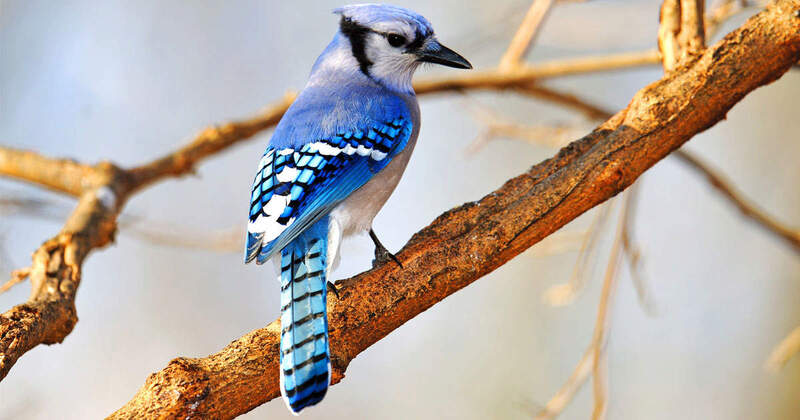



The Blue Jay Nest Blue Jay Nesting Habits Daily Birder
Or sign in with one of these services Sign in with Facebook Sign in with TwitterBreeding populations are found across southern CanadaEastern populations may be migratory Resident populations are also found in Newfoundland, Canada;
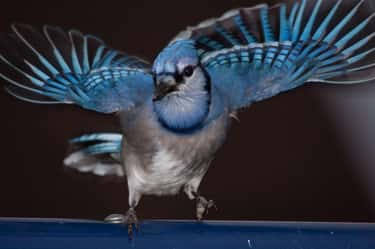



Blue Jays May Be Cute But They Re Airborne Jerks Of The Highest Order




Species Spotlight Steller S Jay Friends Of The Ridgefield National Wildlife Refuge
The eggs are laid one each day until the entire clutch is complete, usually 46 powder blue or, occasionally, white eggs How long till they hatch?Bancroft, J (1978) Variations in Bird Nesting Habits Blue Jay, 36(2) https//doiorg//bluejay4412 Blue Jay and Human Interaction The most common interaction between humans and blue jays is at backyard bird feeders They are sometimes viewed as pests because they can drive away other bird species Some people incorrectly assume they frequently eat the eggs and hatchlings of other species




Blue Jay A New Look At A Common Feeder Bird




Blue Jay Audubon Field Guide
Jay Although the Jay is by far the most colourful and striking of the crow family in the UK, it is a shy bird of typically woodland habitat and therefore often hard to see Its plumage is very attractive, with pinkybrown tones overall, black tail, white rump, black facial stripe like a moustache, plus a striking blue flash on the wingsBlue Jay/Scrub Jay Raids Robin Nest and Steals Eggs Go to http//wwwthunksnestcom to learn more about robins and the bird named thunk! Blue jays are loyal to their mates and form lasting bonds until one of them dies Courtship is said to begin in early May each year A group of seven or more blue jays including one female would gather on top of a tree When the female flies away, she will be followed by the males until she lands in another location
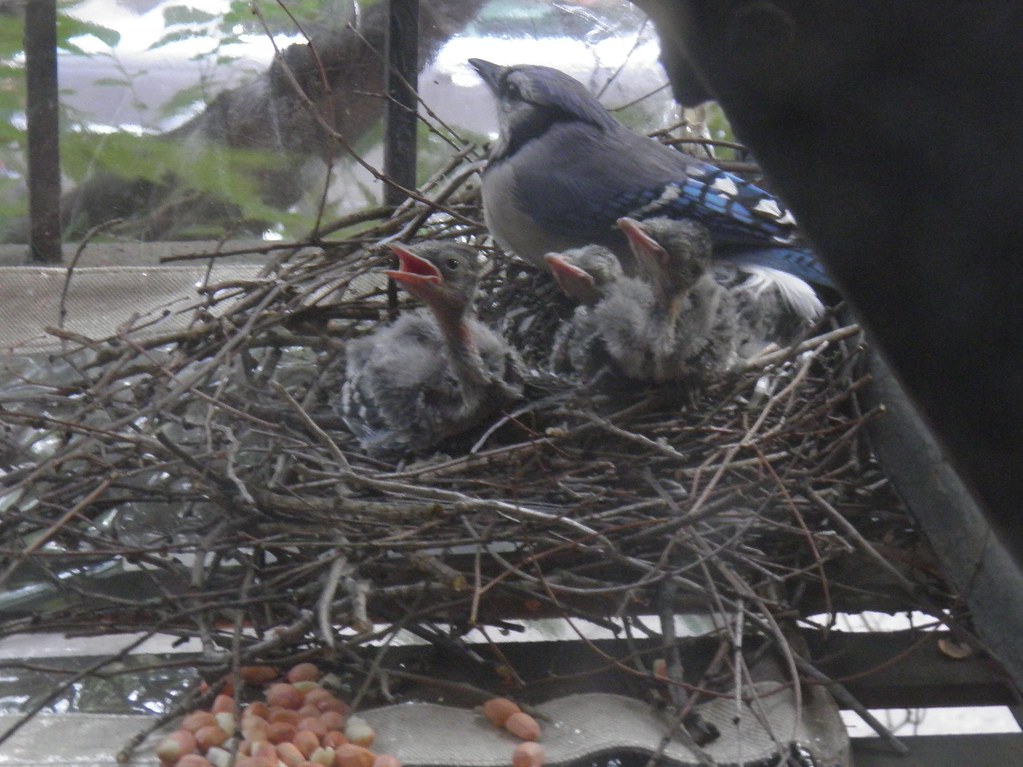



Blue Jays Nesting Outside My Window
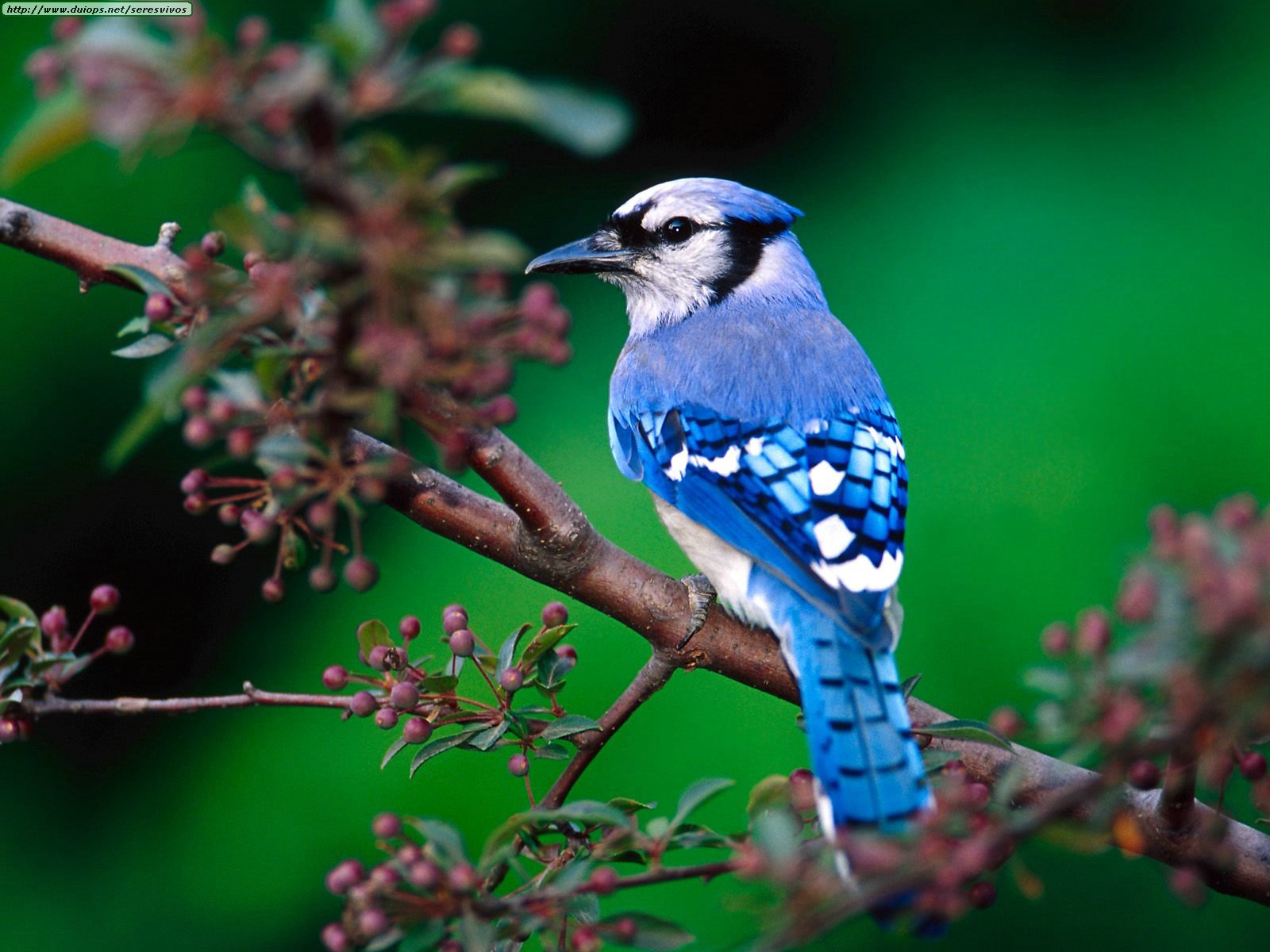



Art Lander S Outdoors Some Facts About The Blue Jay The Lovable Bully At The Backyard Bird Feeder Nkytribune
Nesting Habits of the Blue Jay Blue Jays build their nests in tree branches or where there is a "V" in the tree The nest is made from grass, small twigs, leaves, and bark and is sometimes "glued" together with mud The female Blue Jay will lay between 36 eggs which she will incubate for up to 18 days Sometimes the male will assist with the incubation, though his main task is to bring food to the female Blue JayBreeding populations are found across southern CanadaThis is the "blue jay" of parks, neighborhoods, and riverside woods near the Pacific Coast Pairs of California ScrubJays are often seen swooping across clearings, giving harsh calls, with their long tails flopping in flight They readily come to backyard bird feeders Until recently, this jay was considered part of the same species as the Woodhouse's ScrubJay;




Breeding Blue Jay Cyanocitta Cristata Birds Of The World




Blue Jay Wikipedia
The blue jay (Cyanocitta cristata) is a passerine bird in the family Corvidae, native to eastern North AmericaIt lives in most of the eastern and central United States;Jay A highly intelligent loudmouth The jay is known for its love of acorns which it often leaves hidden These forgotten snacks are credited with the rapid spread of oaks after the last Ice Age Jays are most noticeable in autumn when they're foraging for acorns The breeding season for jays usually begins in AprilNesting habits A blue jay nest is commonly spotted around the mixed woods and the deciduous forests in most of the eastern regions of North America The common residing range for these birds is between Newfoundland, across Alberta in Canada to Florida, and the eastern parts of Texas in



Blue Jay National Geographic
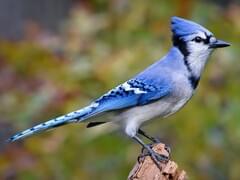



Blue Jay Overview All About Birds Cornell Lab Of Ornithology
The Blue Jay often nests in settled areas, sometimes close to buildings During the nesting season, especially in the more remote parts of its range, the Blue Jay may be quiet and unobtrusive even near its nest As do many species in which the male feeds the female when she sits on the nest, the Blue Jay practises courtship feeding Despite such habits, on balance Blue Jays are a welcome part of most avian neighborhoods because they are observant and squawky and alert all nearby songbirds about hawks, cats, and other dangers Even robins don't seem to mind jays in the area unless a jay is actually approaching a nestEastern populations may be migratory Resident populations are also found in Newfoundland, Canada;
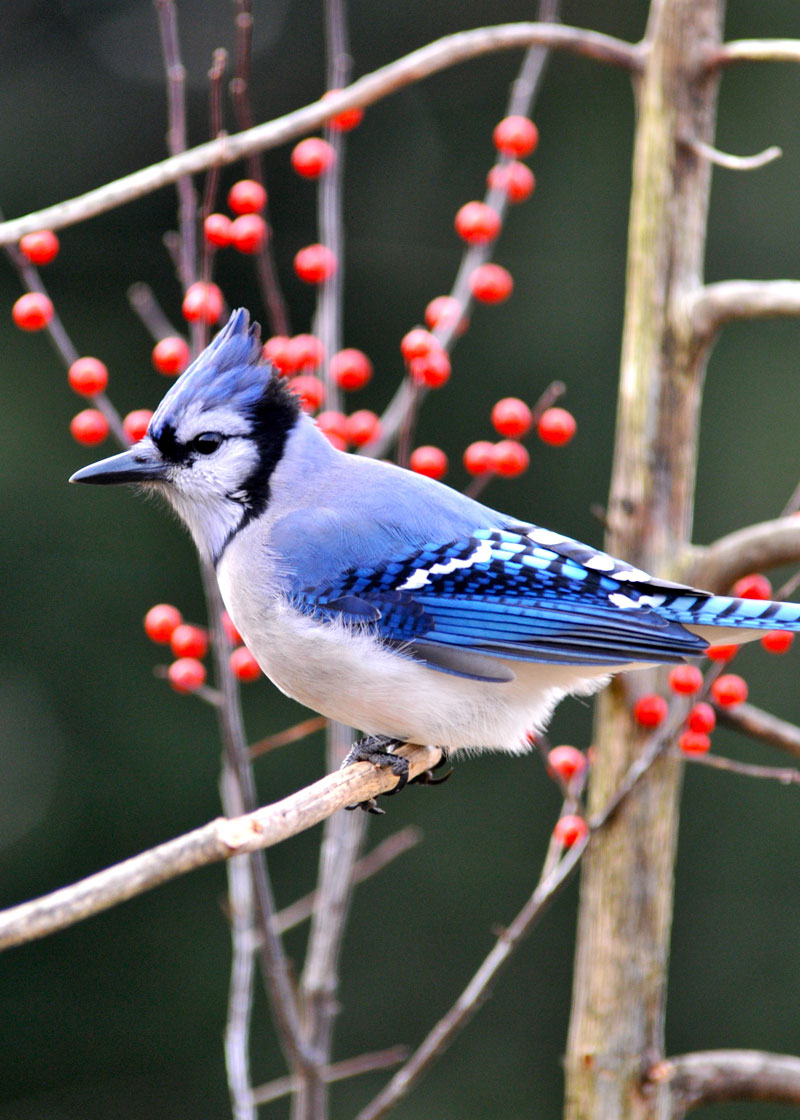



Hinterland Who S Who Blue Jay
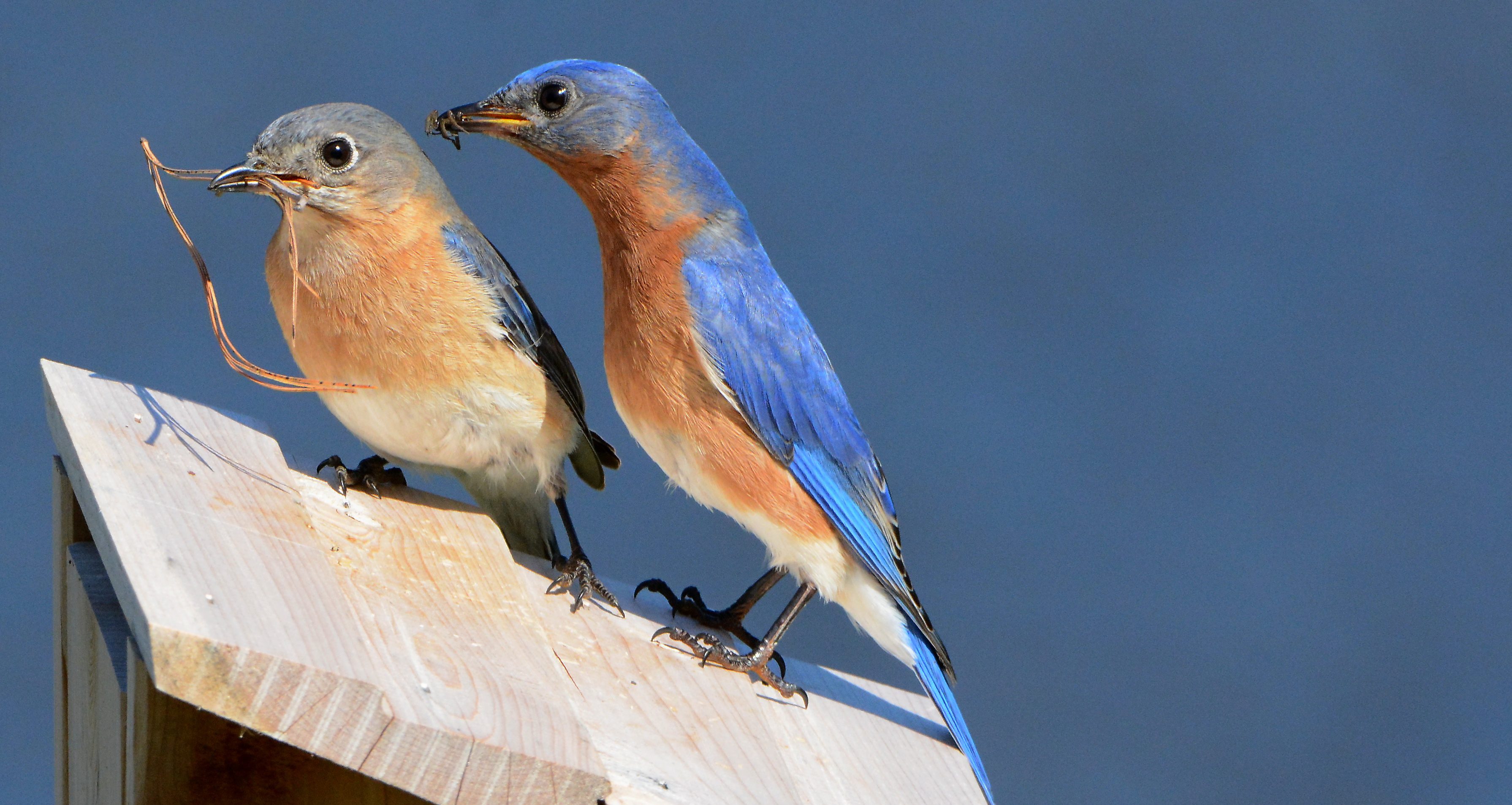



Nestwatch To Clean Or Not To Clean Your Nest Box Nestwatch
The blue jay is a passerine bird in the family Corvidae, native to eastern North America It lives in most of the eastern and central United States; Nest Predation This is probably the biggest strike against the blue jay While they will love the seed you put out at your bird feeder, they are omnivores that will also dine on insects, fruit, nuts, and even small animals Baby birds of other species may be attacked and consumed in their nests, as well as eggsOne of the loudest and most colorful birds of eastern back yards and woodlots, the Blue Jay is unmistakable Intelligent and adaptable, it may feed on almost anything, and it is quick to take advantage of bird feeders Besides their raucous jay!



Courtship Behaviors In The Yard The Zen Birdfeeder




Blue Jay Life History All About Birds Cornell Lab Of Ornithology
Occasionally blue jays nest on ledges formed by building molding, cornices and sills and sometimes on nesting platforms Platforms will more likely attract robins than blue jays or mourning doves, but either of these bird families are usually welcomeHow many eggs per nest, and what do they look like? Blue Jay Bird Identification, Habits, Facts, Nesting photo credit Scottslm from The Blue Jay is probably one of the bestlooking birds you can find in your backyard They are known to be very noisy and are bullies for other birds You can easily identify them from their blue and white color pattern, long tail, rounded wings, and
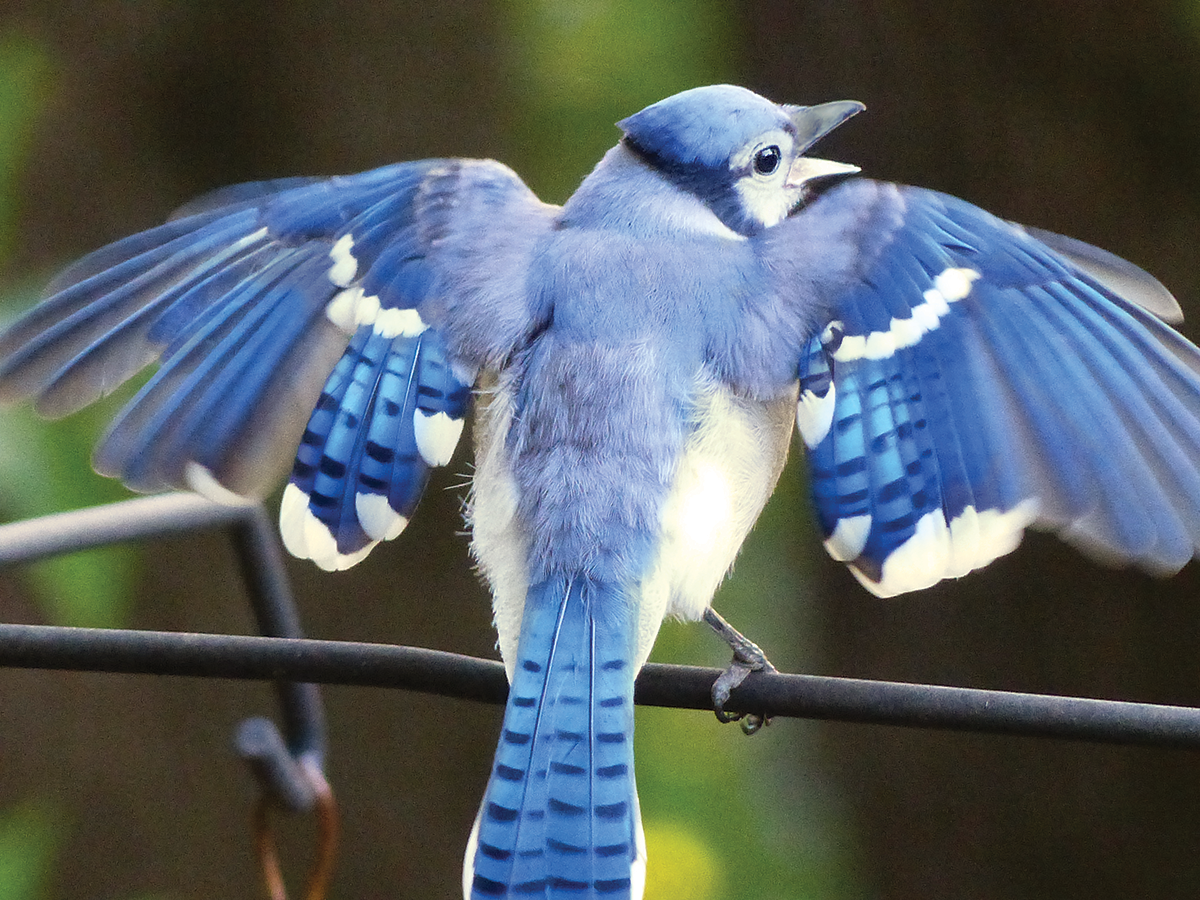



Rhapsodies In Blue Blue Jays All Seasons Wild Bird Store
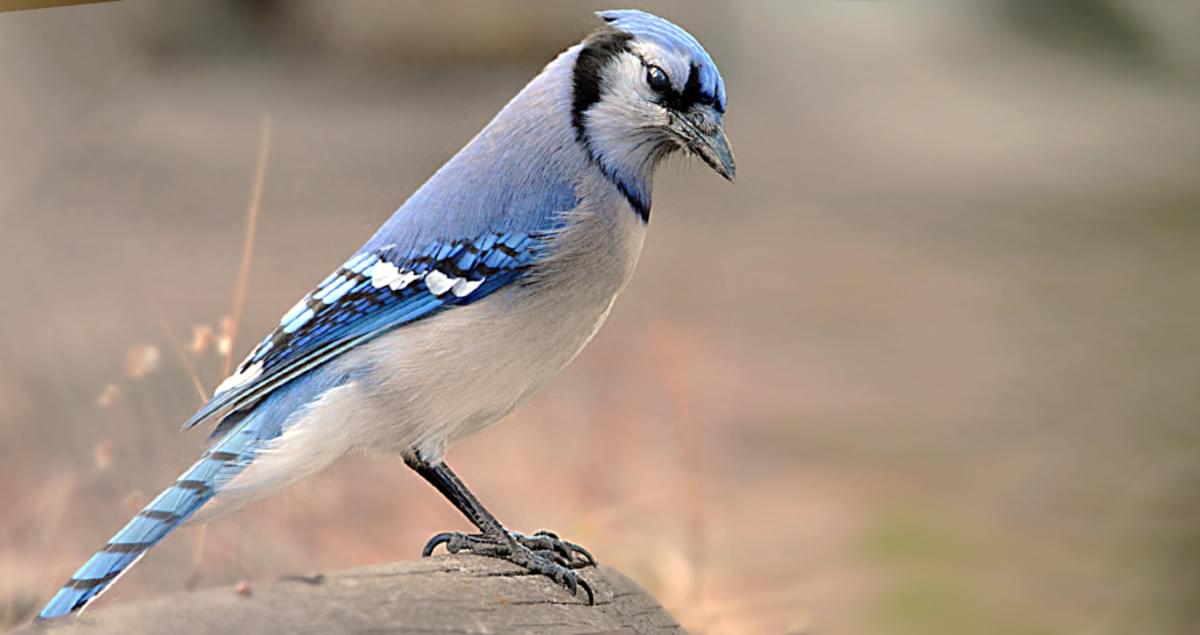



Blue Jay Life History All About Birds Cornell Lab Of Ornithology
Habits of the Blue jay Bird What do they Eat, Where do They Nest, Breeding/Mating Photos and VideosEven though Blue Jays can be a noisy bird, you actually don't hear them very much this time of the year They're nesting and feeding young now, and they are generally trying to be as inconspicuous as possible during these times I can remember bumping into a man and wife from England a few years ago who were in the States birdwatching And Unlike other birds, blue jays don't migrate to go to warmer climates It's believed that their migratory habits relate more closely to available food supplies in the regions that they nest in It's also believed that because there's an increasing supply of backyard feeders, the migration of blue jays is declining



Blue Jays In My Backyard Cleveland Museum Of Natural History




Blue Jay Whatbird Com
Although they are typically noisy birds, blue jays tend to be quiet when in their nest Their nests are located at a height between eight and 30 feet usually on top of a coniferous or deciduous tree These passerine birds make use of sticks, barks, leaves, roots, twigs and grass in making their cupshaped nests atop trees or shrubs
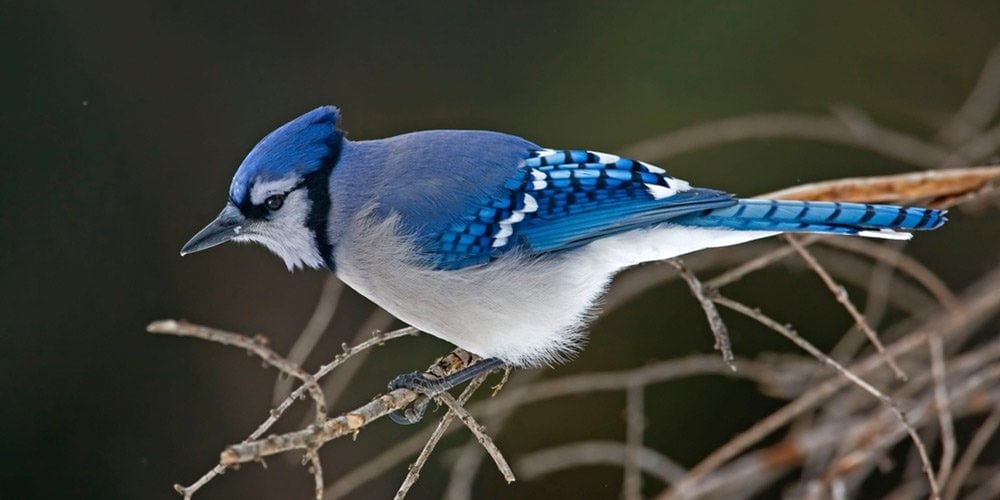



Blue Jays Birdwatching Facts Blue Jays Birds Birdinformer Com
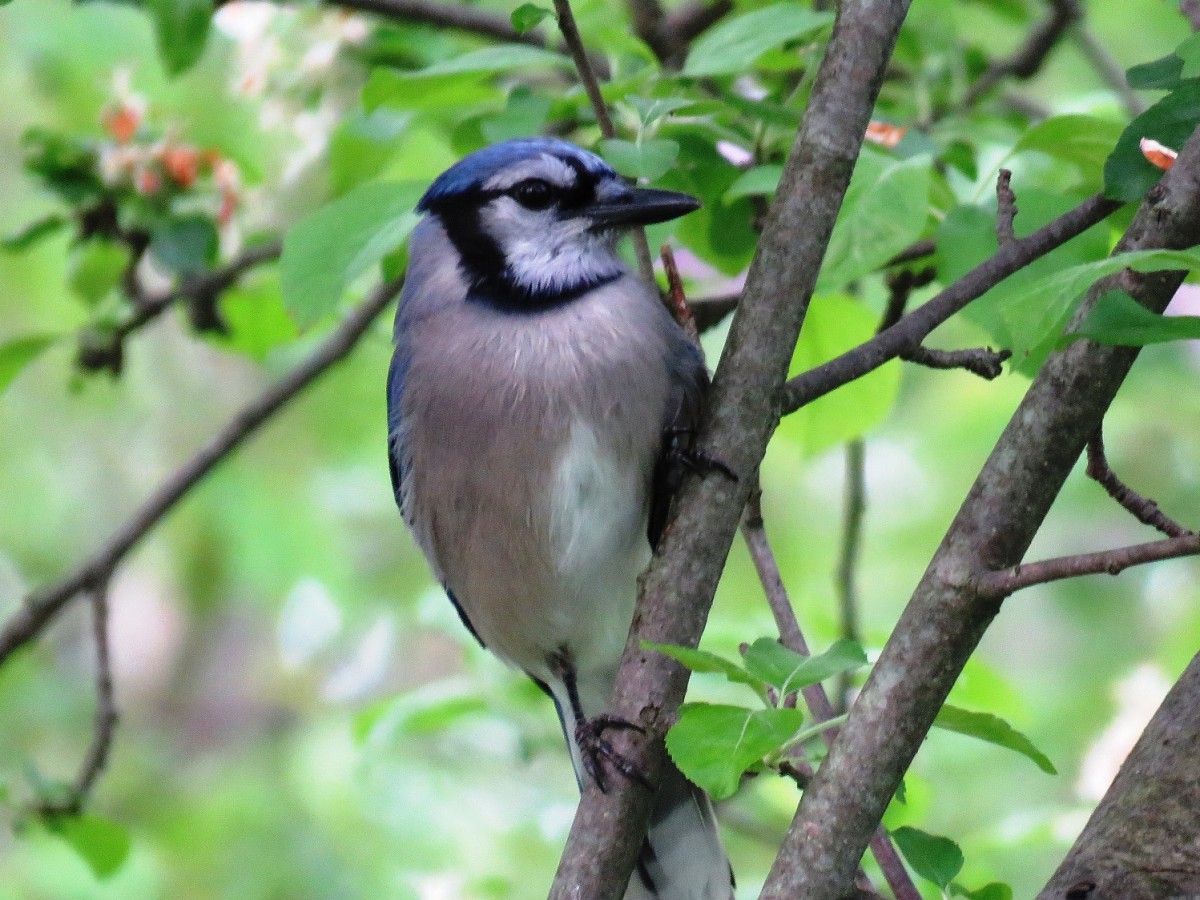



Blue Jay Facts Pictures And Behavior Owlcation



Blue Jay




Blue Jay Facts You May Not Know A Birds Delight



Monticello Park Birds Blue Jay




Blue Jay Facts Pictures And Behavior Owlcation
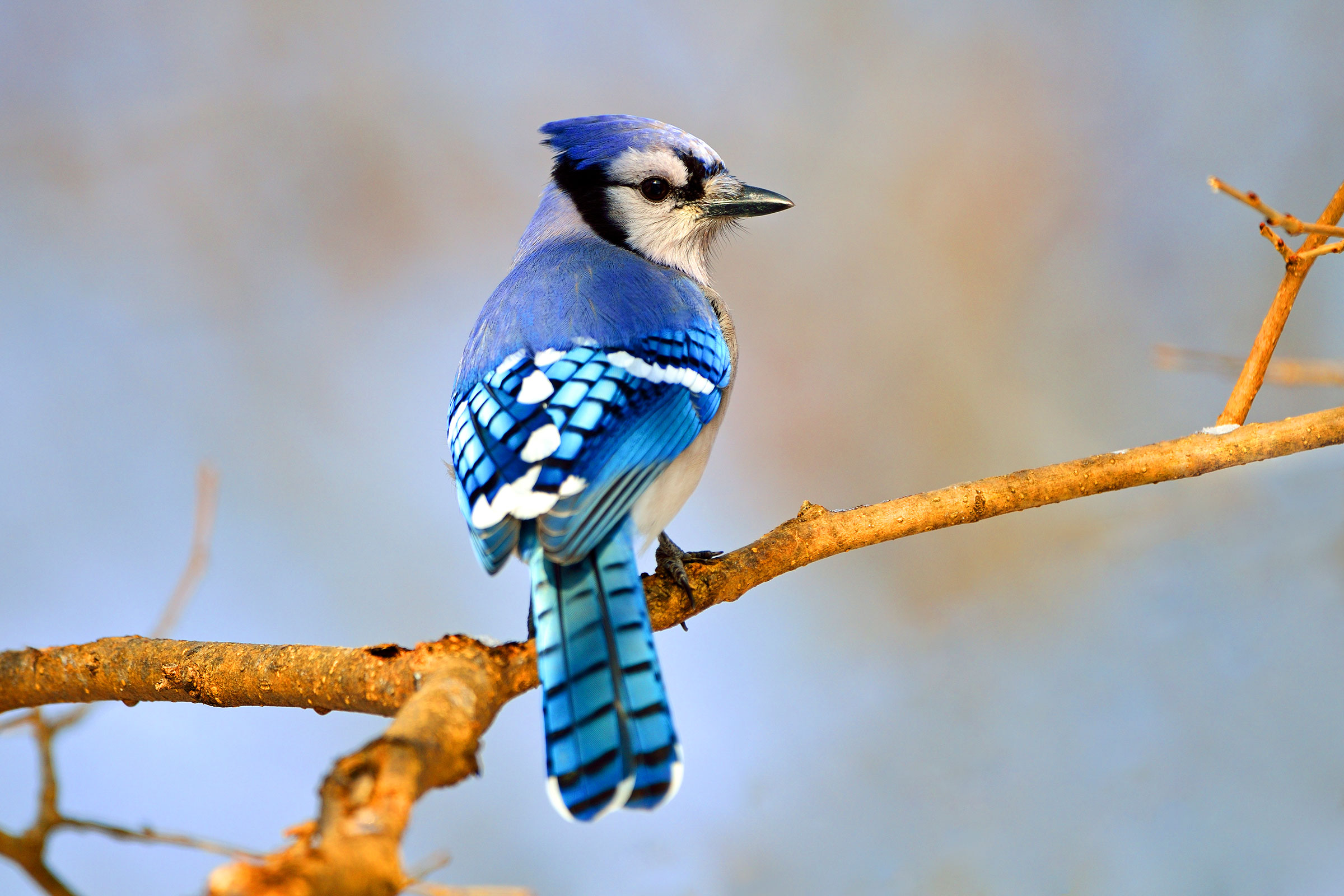



Blue Jay Audubon Field Guide



Search Q Blue Jay Female Tbm Isch
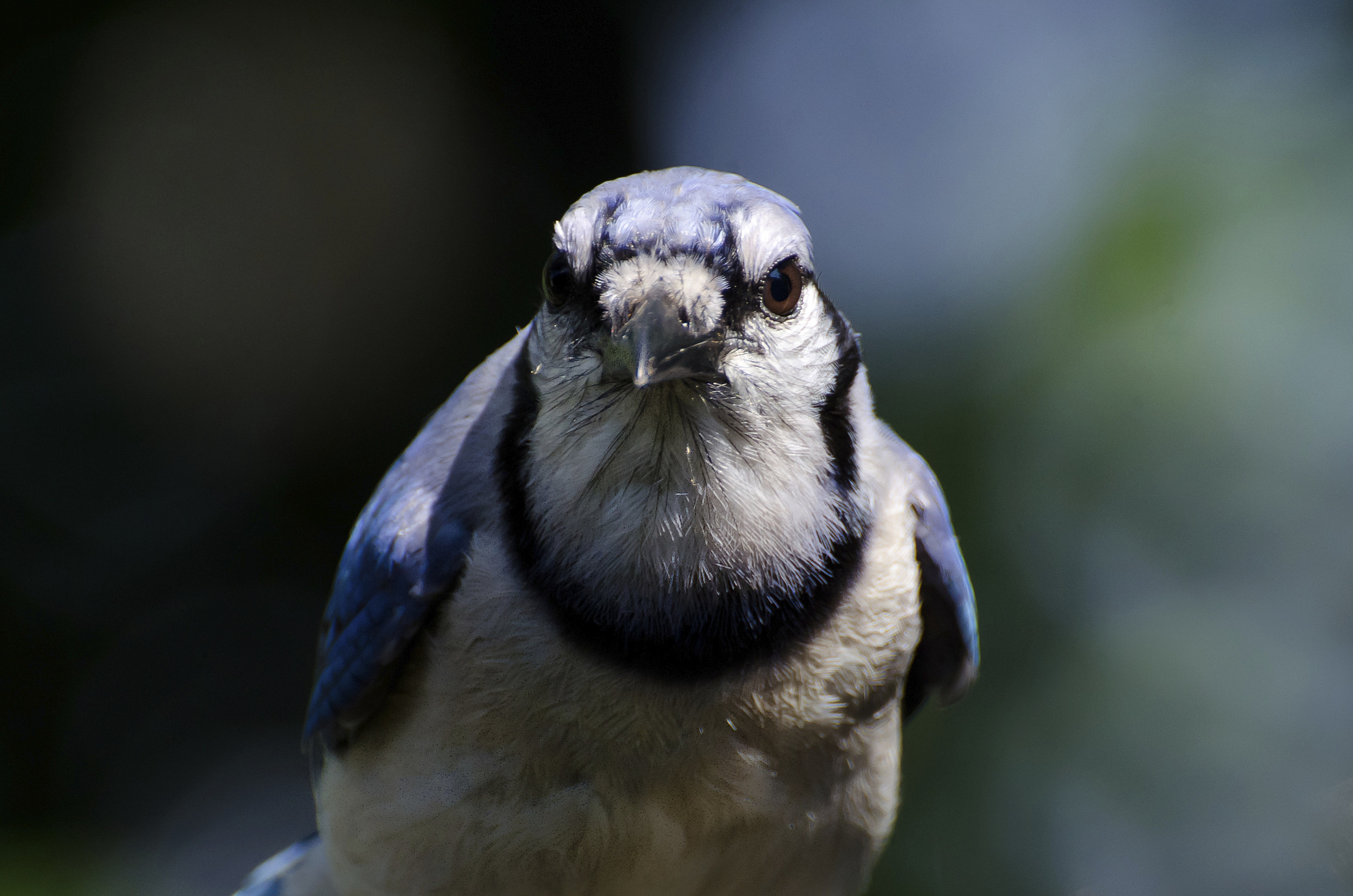



You Have An Aggressive Blue Jay In Your Yard Now What




How To Attract Blue Jays 11 Steps With Pictures Wikihow



Blue Jay Fledglings The Washington Post




Blue Jay Backyard Enigma Bird Watcher S Digest
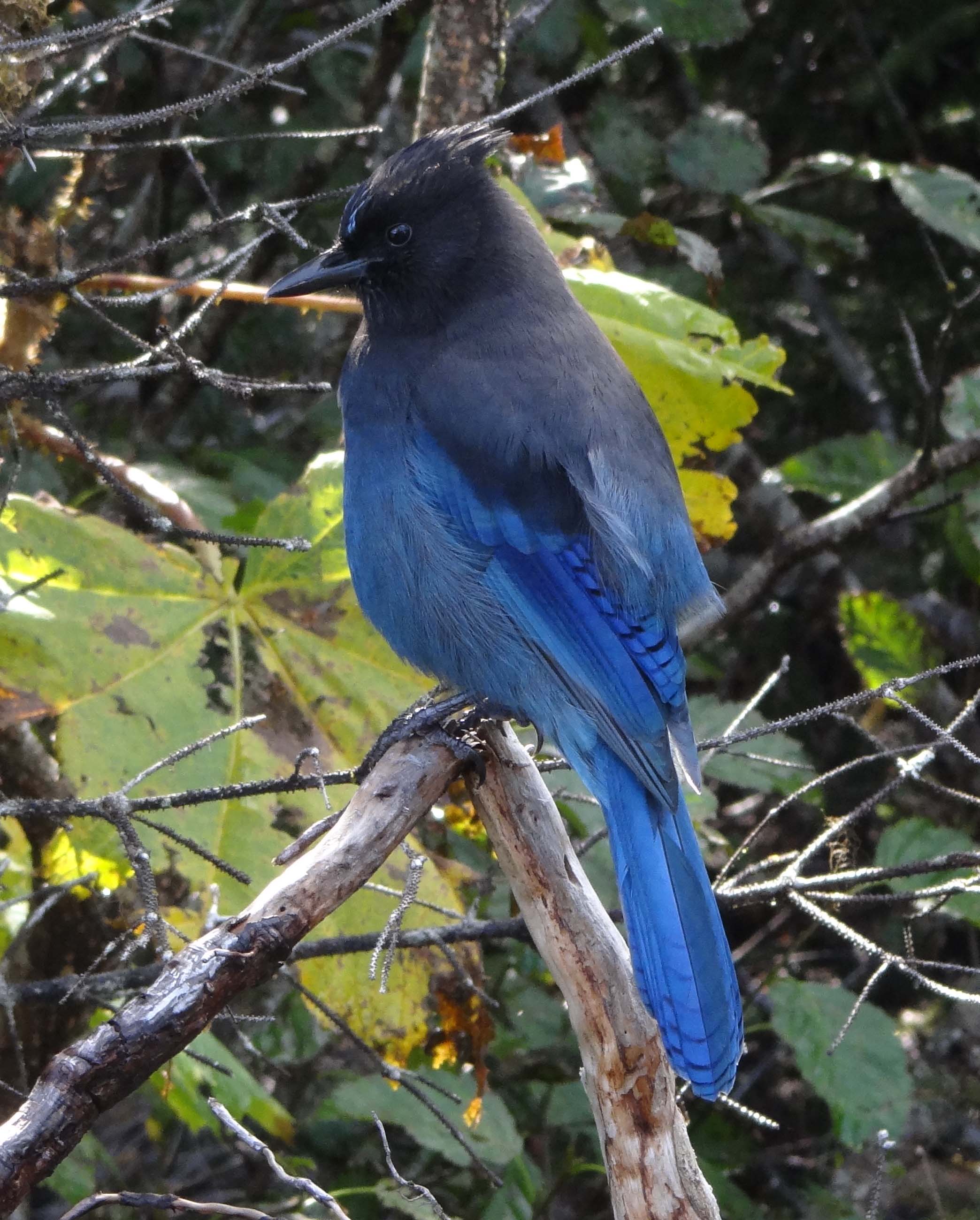



Steller S Jay Kenai Fjords National Park U S National Park Service




15 Fun Interesting Facts About Blue Jays 21 Bird Watching Hq
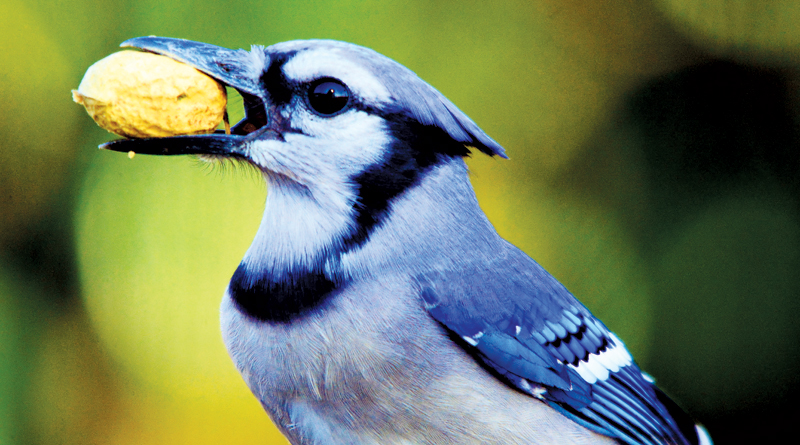



Blue Jay The Amusing Rascal Life In The Outdoors The Waynedale News




Top 9 Best Feeders For Blue Jays Of 21 Review By Seabirdsanctuary
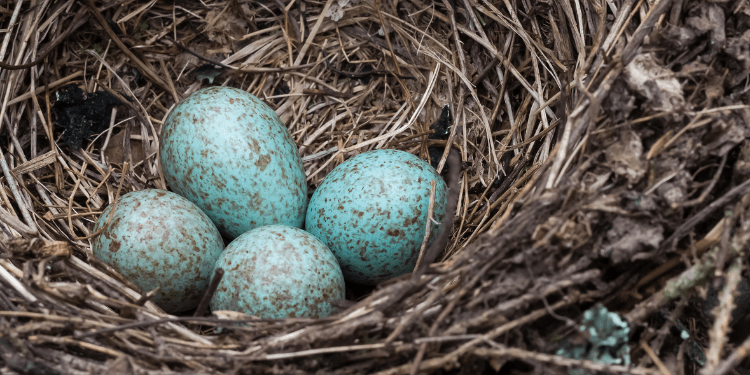



Blue Jay Eggs Everything You Need To Know Birdwatching Buzz



1




Blue Jays In My Backyard In My Backyard
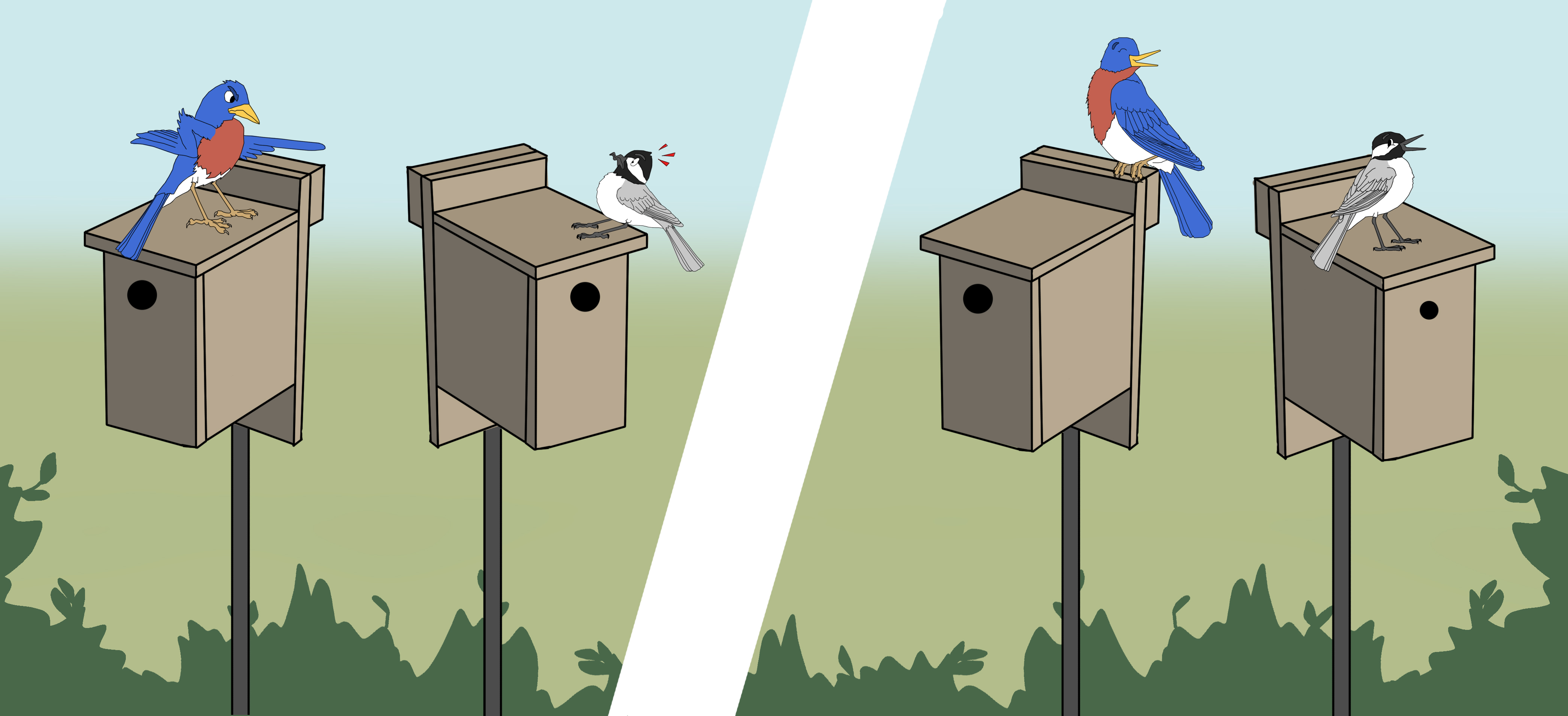



Nestwatch A Tale Of Two Boxes When Pairing Doesn T Promote Peace Nestwatch



Blue Jays In My Backyard Cleveland Museum Of Natural History




Blue Jay Nest Facts Youtube




5 Weird Facts About Blue Jays Nature Canada
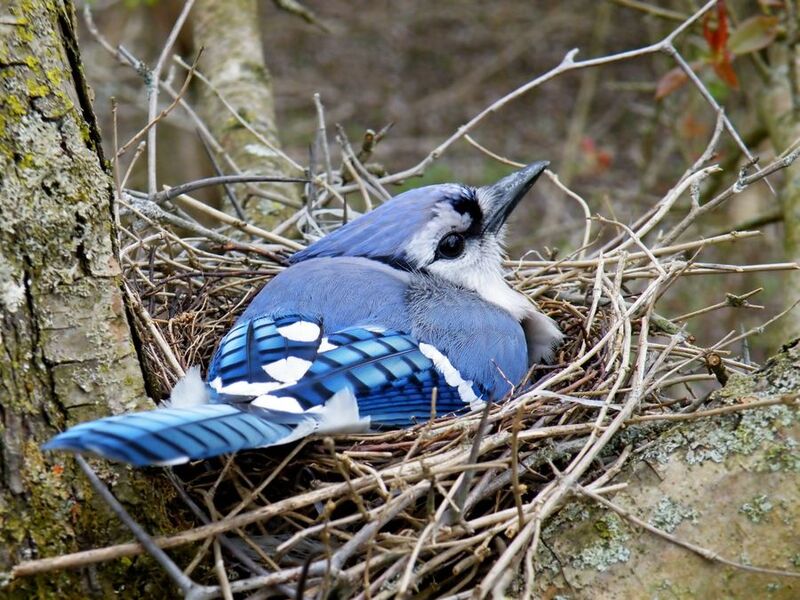



What Do Blue Jays Eat Daily Birder




What Are The Stages Of Life For A Baby Blue Jay Animals Mom Com
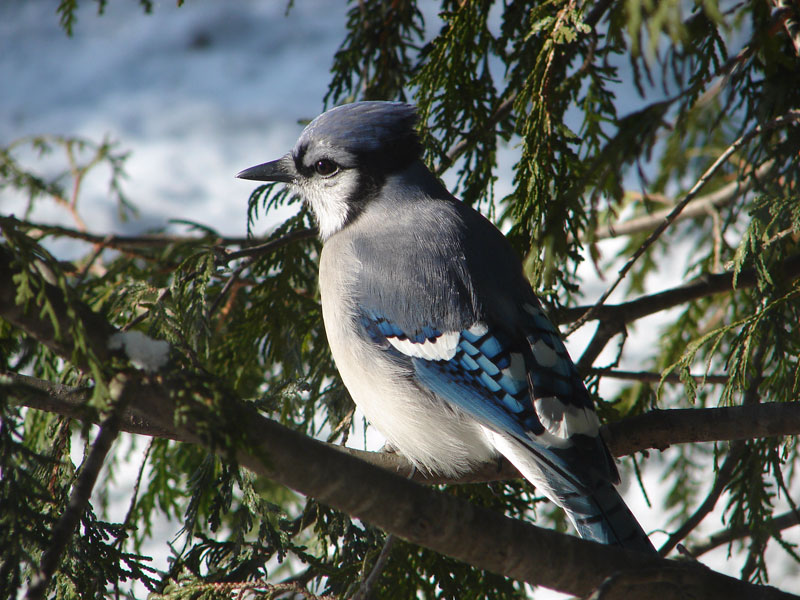



Hinterland Who S Who Blue Jay




What Do Blue Jays Eat How To Attract These Stunning Birds
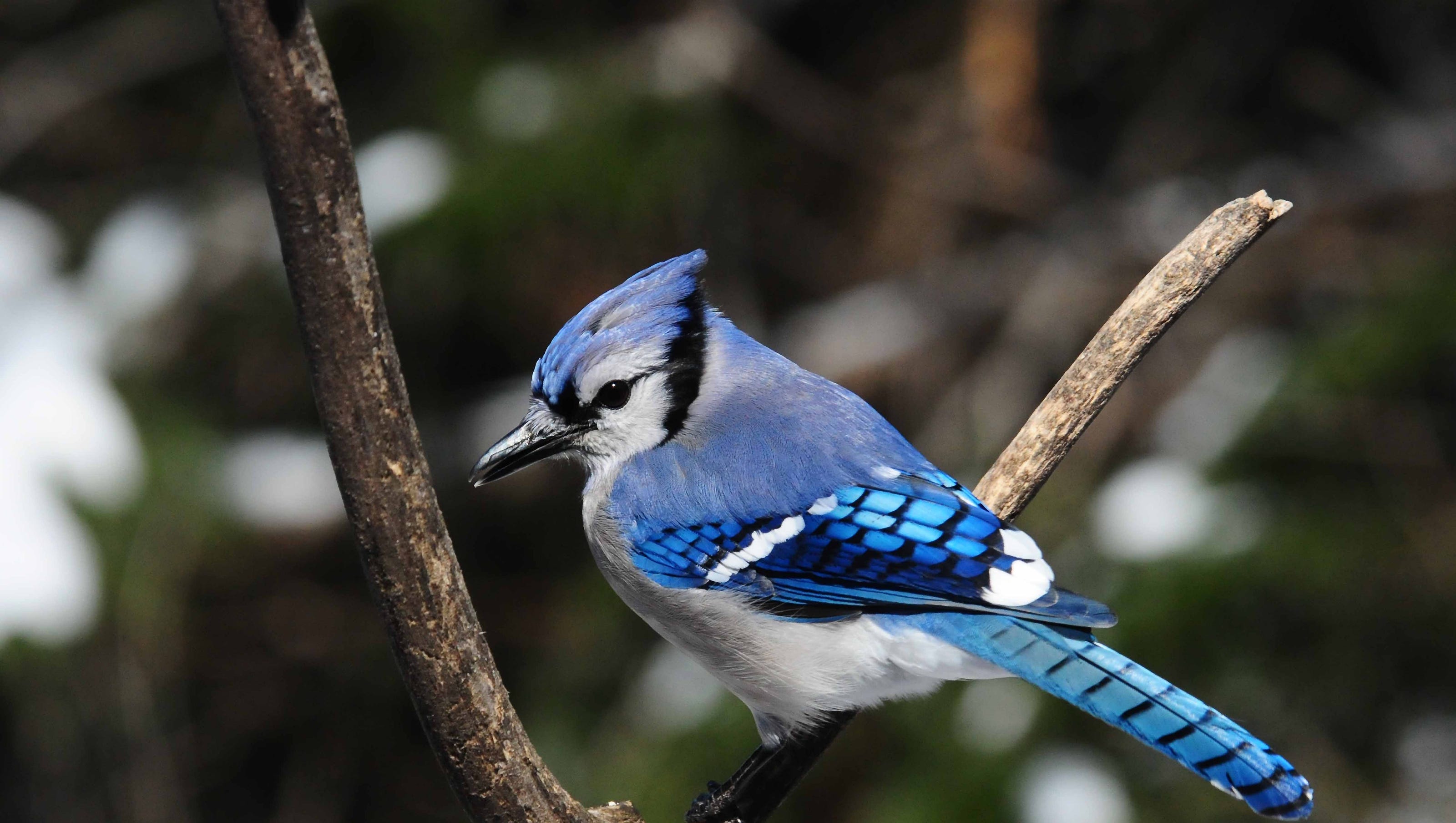



For The Birds Blue Jays Have An Attitude
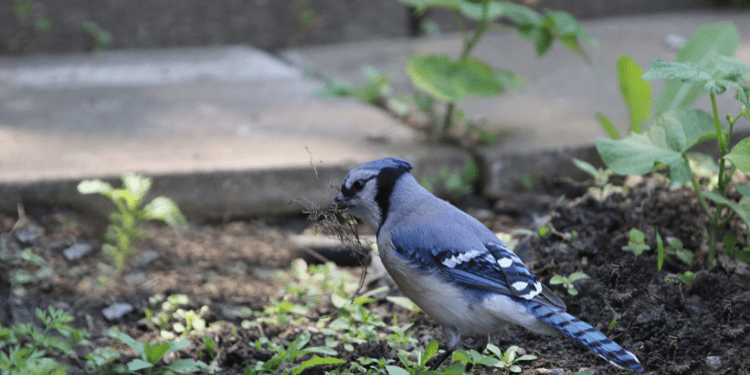



Blue Jay Eggs Everything You Need To Know Birdwatching Buzz
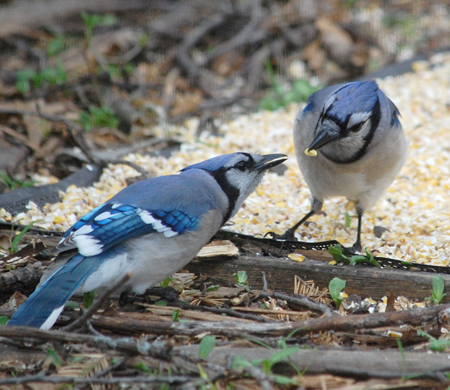



Male And Female Look Alikes All Seasons Wild Bird Store




Blue Jay Description Habitat Image Diet And Interesting Facts




How Not To Disturb A Nesting Mother Scrub Jay
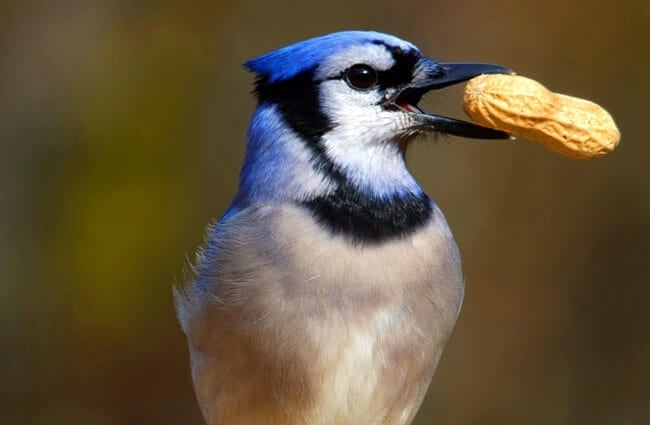



Blue Jay Description Habitat Image Diet And Interesting Facts
/Bluejaywithpeanut-GettyImages-587969324-5a18a0e6beba330037557592.jpg)



How To Attract Jays To Your Backyard




Western Scrub Jay National Wildlife Federation




Blue Jay Couple Building Nest Youtube
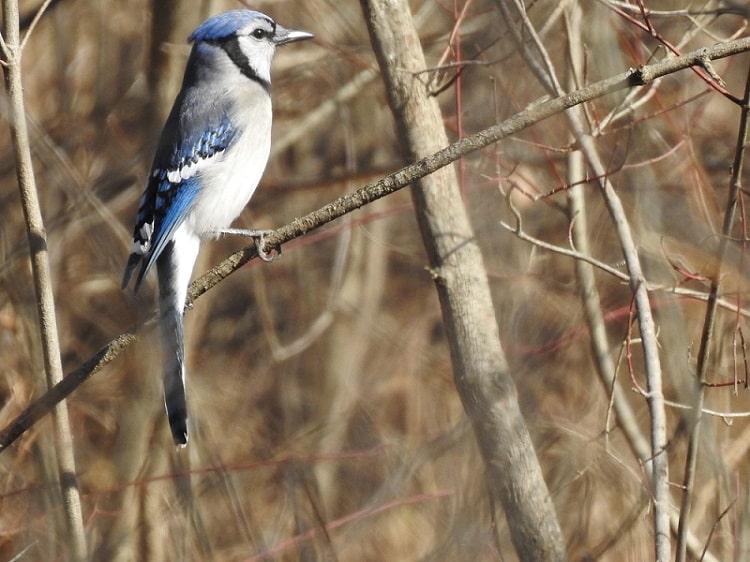



Blue Jay Bird What Do They Eat Where Do They Nest
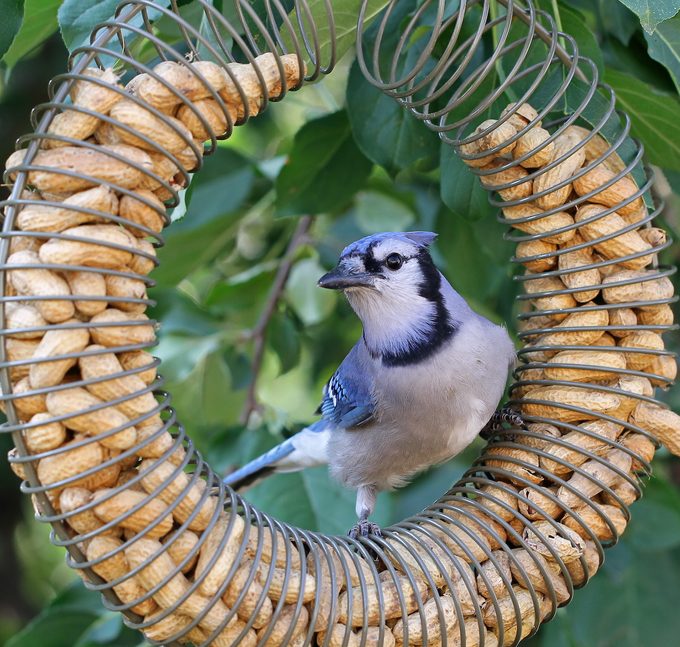



How To Identify And Attract Blue Jays Birds And Blooms




Blue Jay Life History All About Birds Cornell Lab Of Ornithology



Foe Or Friend Blue Jays Provide An Important Service To Other Wildlife
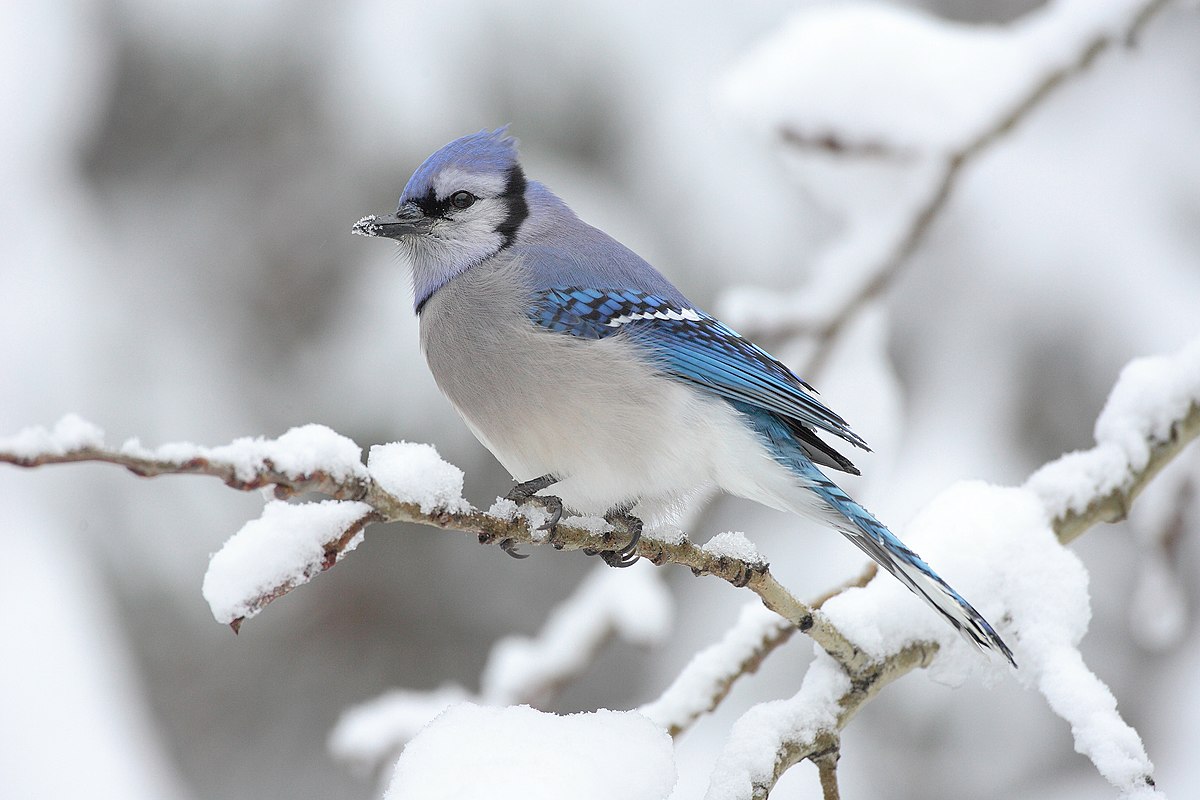



Corvidae Wikipedia
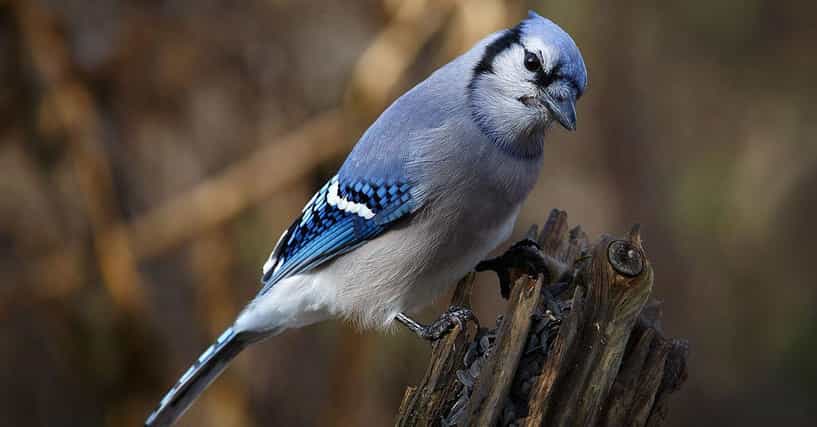



Blue Jays May Be Cute But They Re Airborne Jerks Of The Highest Order




Blue Jay A New Look At A Common Feeder Bird



3
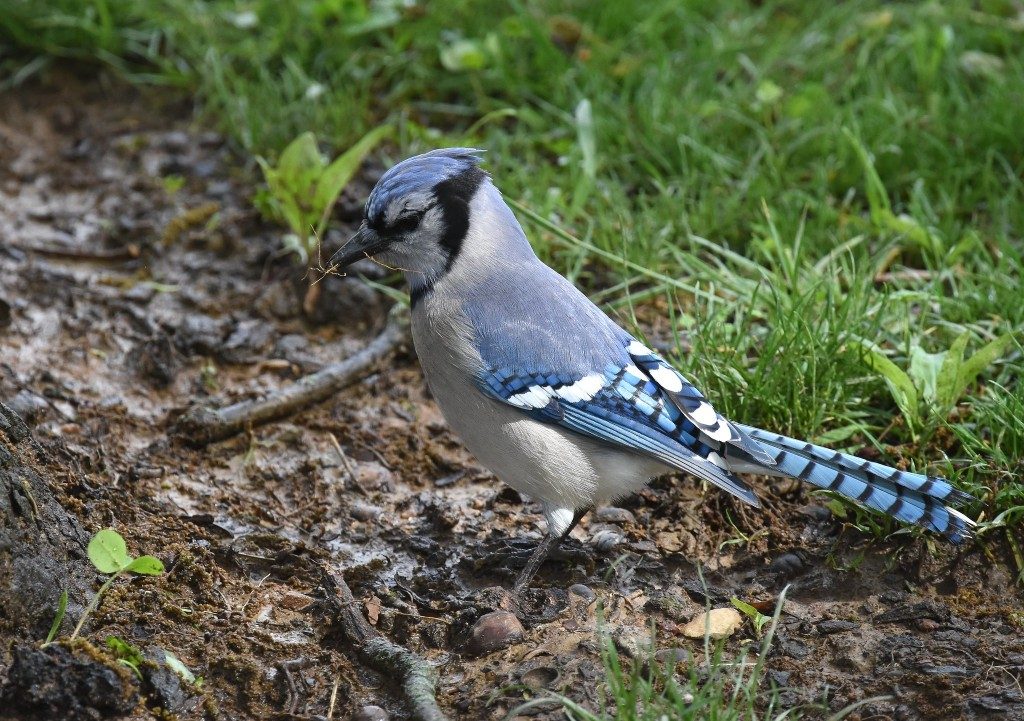



Blue Jays Nesting Outside My Window




Animal Facts Blue Jay Canadian Geographic
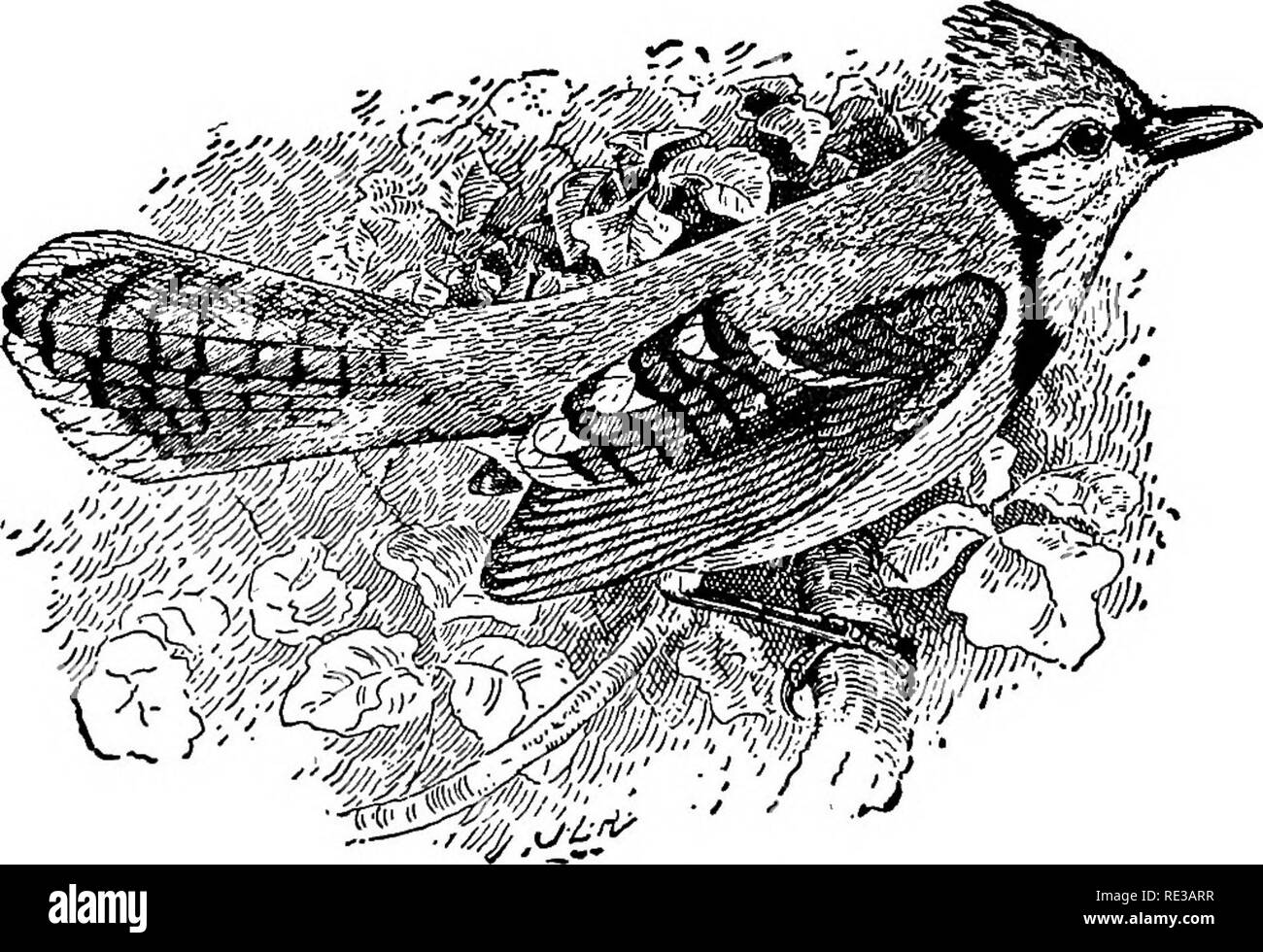



Nests And Eggs Of North American Birds Birds Birds 322 Nests And Effgs Of Almost Certainly Been Exaggerated No Doubt Many Jays Have Been Observed Rob Bing Nests Of Other Birds



Blue Jay The Texas Breeding Bird Atlas



Q Tbn And9gcsfm6n Uchtoj7 Ld9ds7mau2c8ecipdnh0bhirzvgvh8sli1fe Usqp Cau



Dealing With Smart And Spirited Blue Jay For Better Or Worse Birdwatching
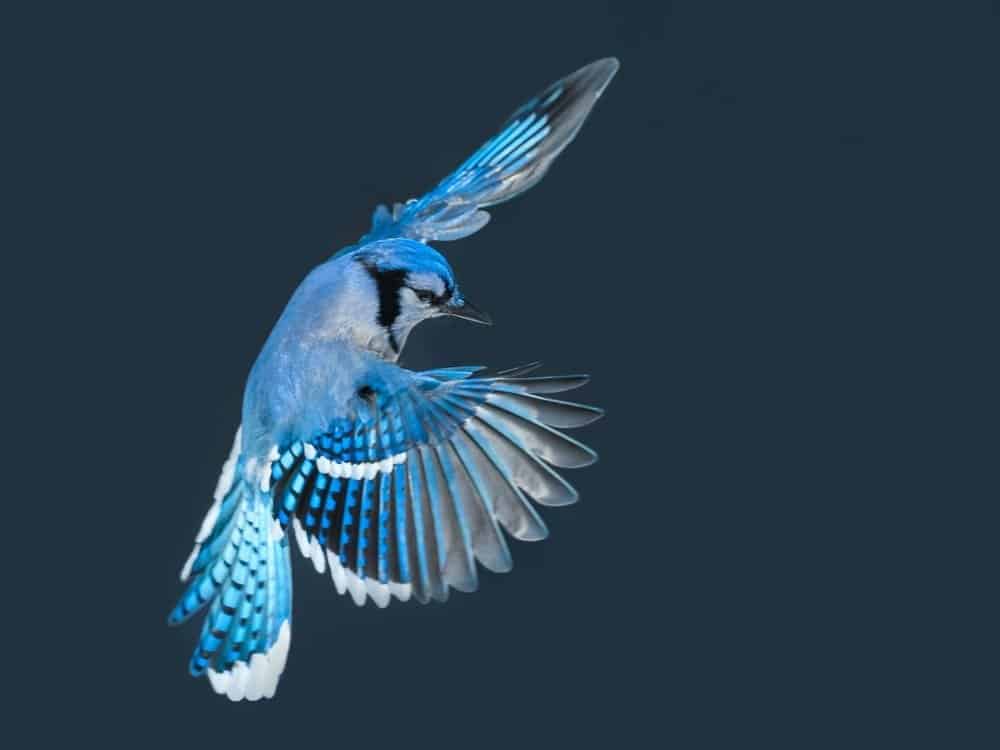



Blue Jay Bird Facts Cyanocitta Cristata Az Animals




Bluejay Backyard Birds Wild About Birds




Art Lander S Outdoors Some Facts About The Blue Jay The Lovable Bully At The Backyard Bird Feeder Nkytribune




The Secret And Baffling Life Of The Blue Jay Slow Birding




Some Bird Nests Blue Jay Bird Bird Nest



Blue Jay National Geographic
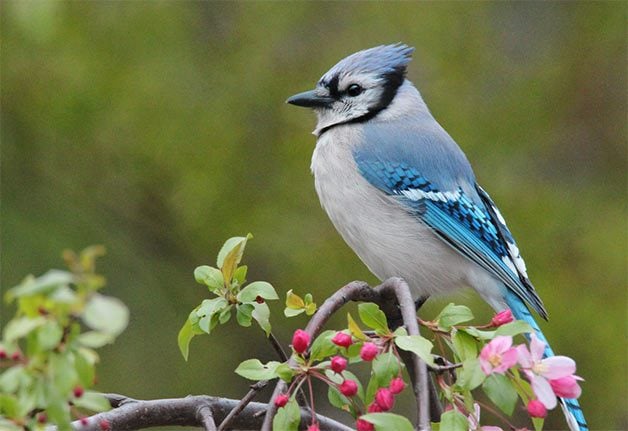



How To Identify And Attract Blue Jays Birds And Blooms




Tips For Attracting Blue Jays Blain S Farm Fleet Blog
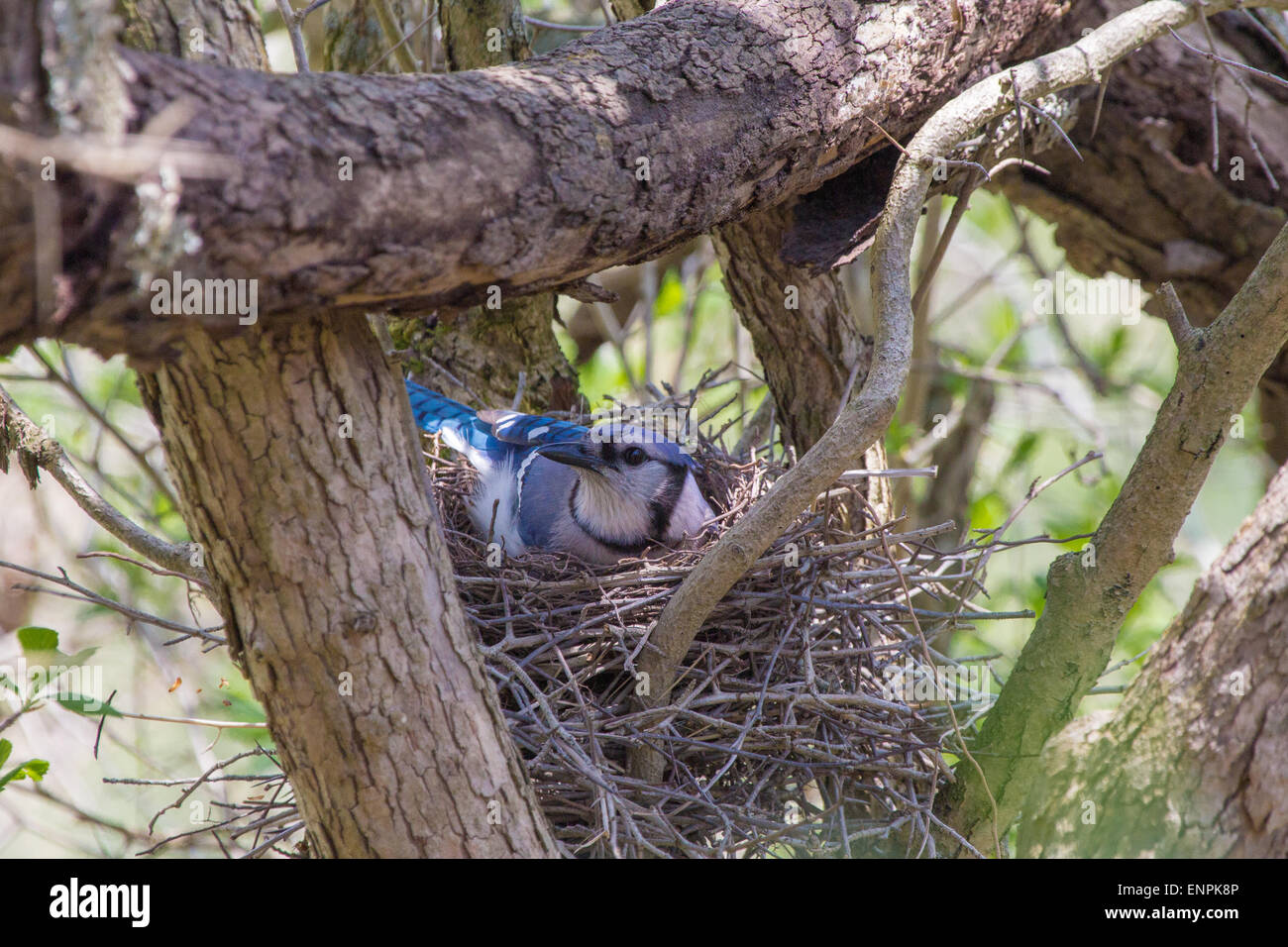



Blue Jay Nest High Resolution Stock Photography And Images Alamy
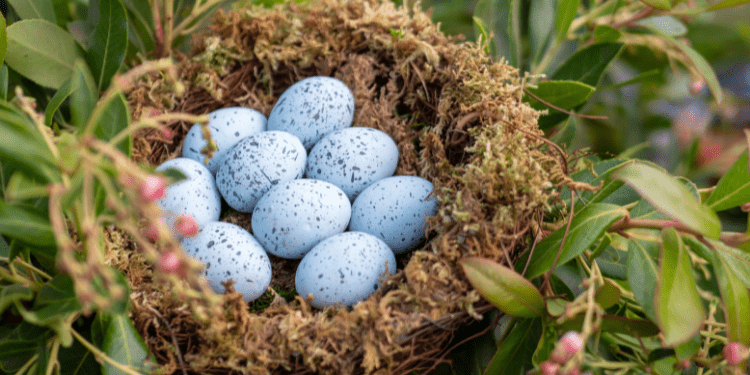



Blue Jay Eggs Everything You Need To Know Birdwatching Buzz




The Blue Jay Nest Blue Jay Nesting Habits Daily Birder




Blue Jay Facts Diet Habitat Pictures On Animalia Bio
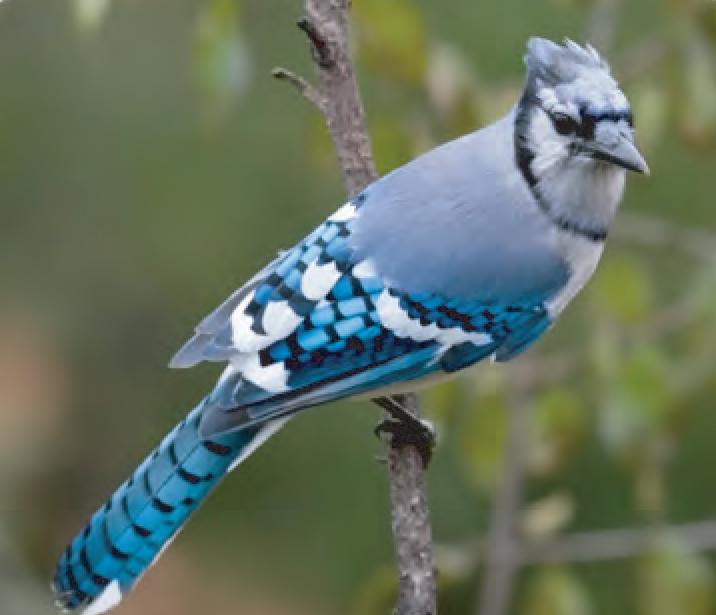



Animal Facts Blue Jay Canadian Geographic
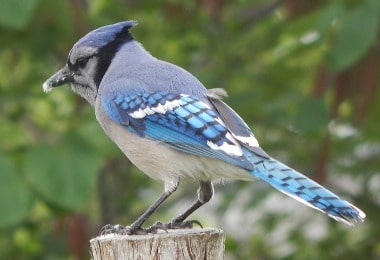



Blue Jay Bird What Do They Eat Where Do They Nest




Species Profile Blue Jay Nature S Clown Birdwatching



What Are The Stages Of Life For A Baby Blue Jay Animals Mom Com
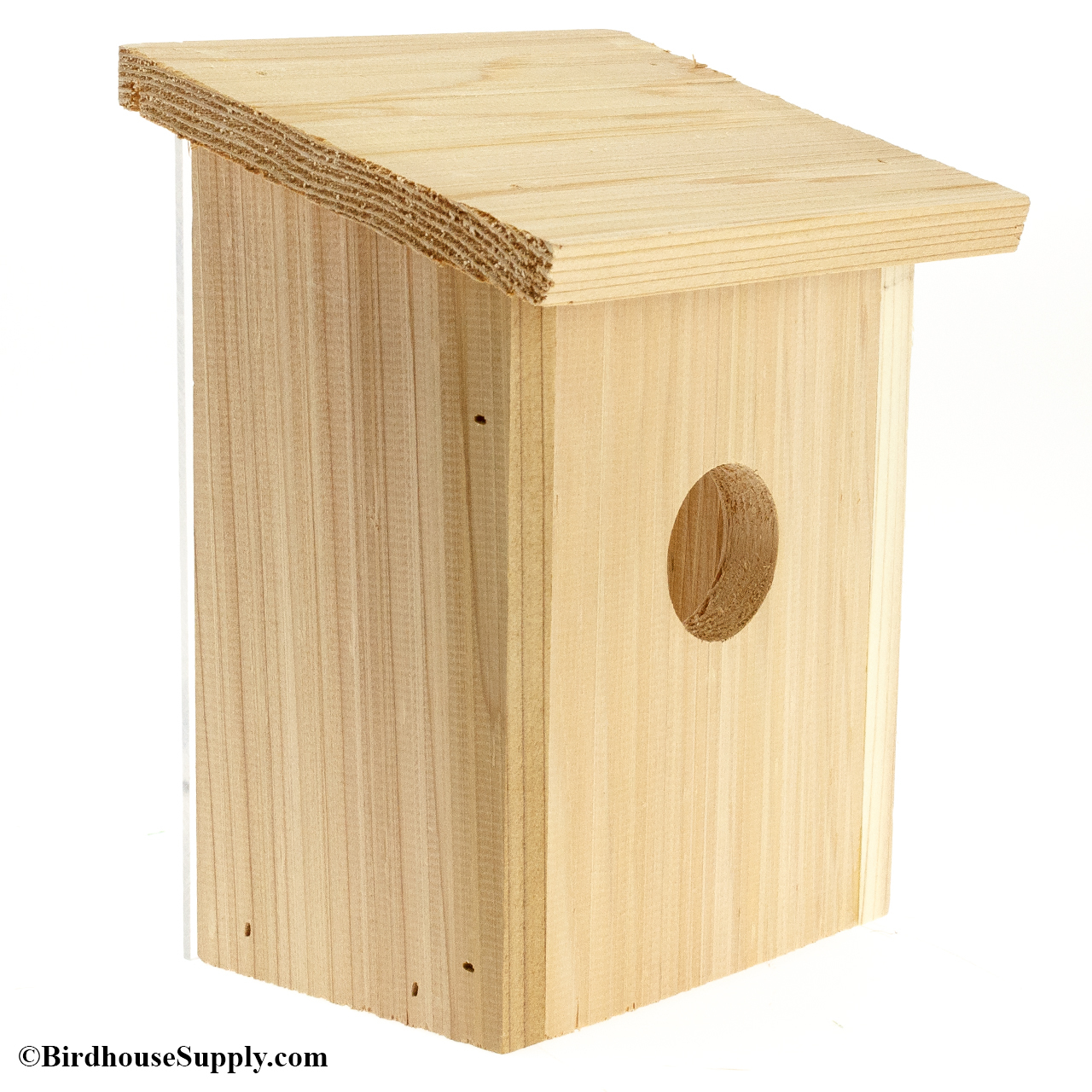



How To Attract Blue Jays A Guide To Blue Jay Birdhouses Birdhousesupply Com




Blue Jay Attacks My Wife Youtube
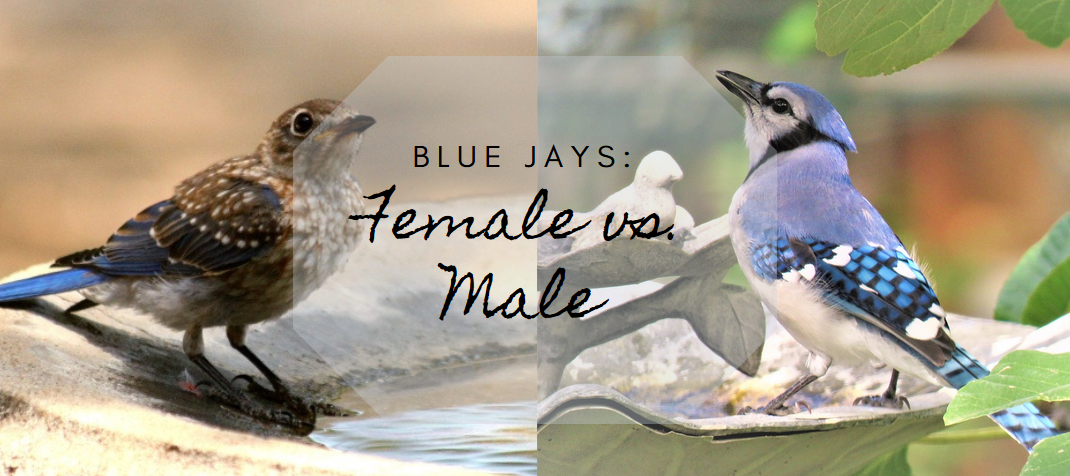



How To Distinguish A Female Blue Jay Bird From A Male Science Trends




Blue Jay Cool Facts Thousands Of Blue Jays Migrate In Flocks Along The Great Lakes And Atlantic Coasts But Much About The Blue Jay Bird Facts Blue Jays
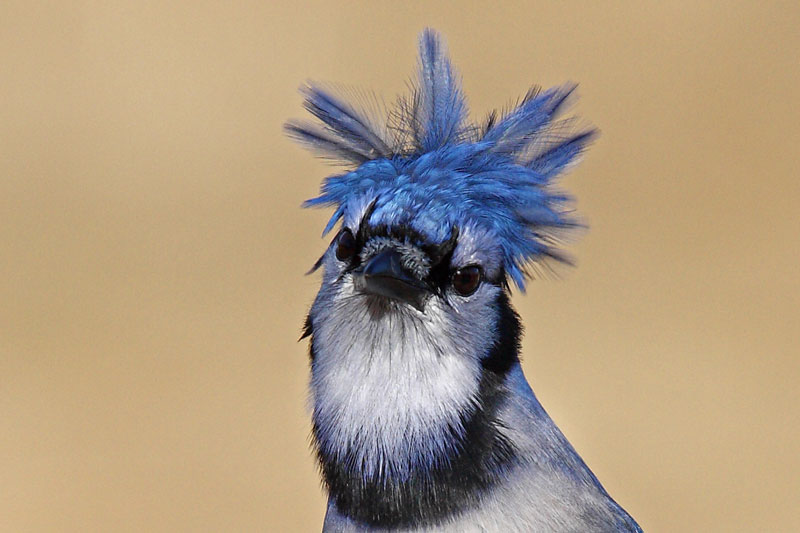



Hinterland Who S Who Blue Jay




The Blue Jay
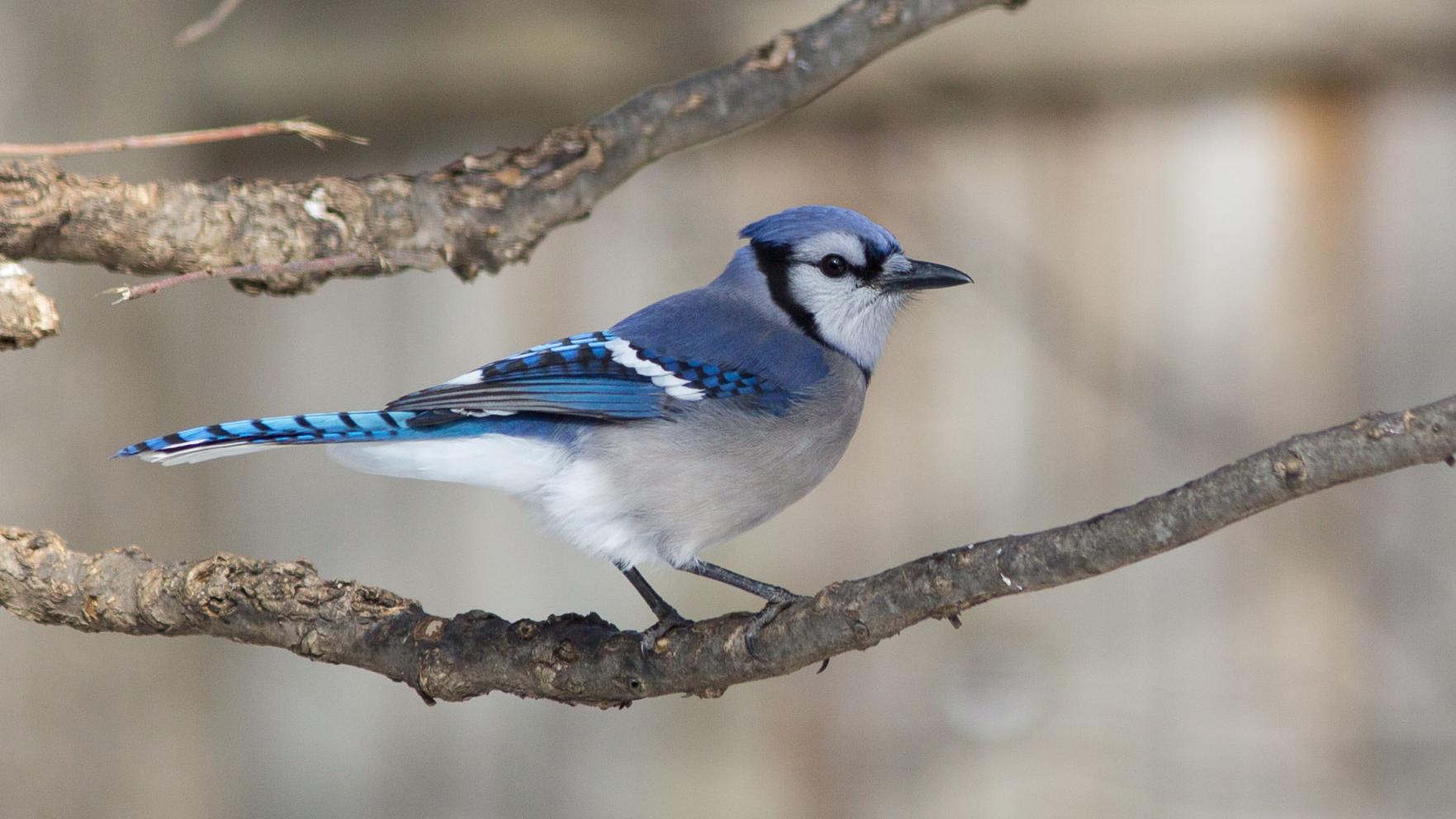



Birds The Blue Jay Is Not Everyone S Favorite Bird But It Is Stunning Journalnow Com




Bluejay Backyard Birds Wild About Birds
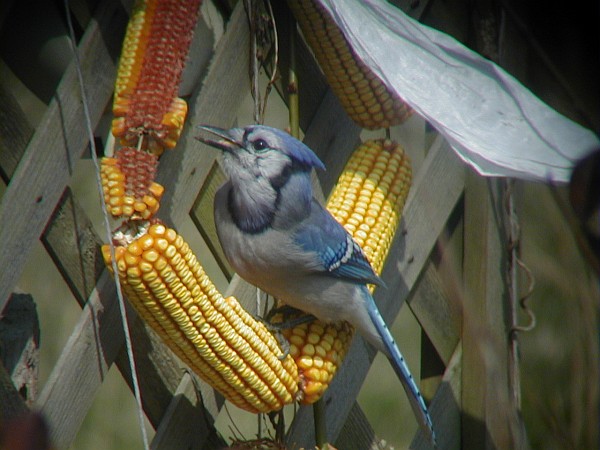



Have You Seen Any Blue Jays Lately Outside My Window




What Do Baby Blue Jays Eat Bird Feeder Hub
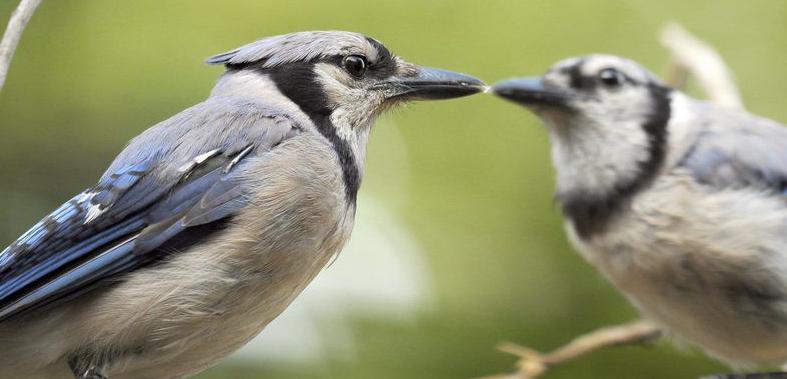



Randy S Natural World Lifestyles Theadanews Com
/blue-jay-2-5991e6b0c412440011b66974.jpg)



Blue Jay Wild Birds



0 件のコメント:
コメントを投稿